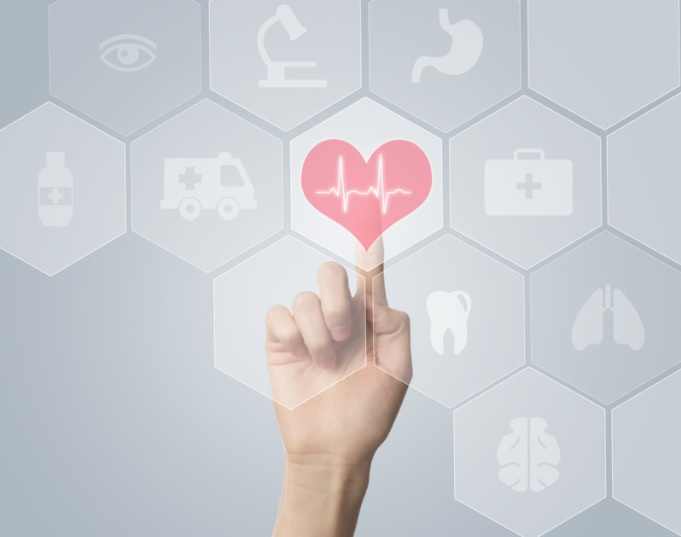E-health: Health and applied technology
In these times when the Internet has turned the planet into a global village, the fact that technology is here and here to stay is indisputable.
The technification of our reality encompasses the most recondite points of our daily routine. From making our coffee to the soundtrack in the shower. And, of course, the field of health was not going to be less.
Concepts such as telemedicine, robotics applied to healthcare, telecare or augmented reality are beginning to be integrated into our everyday vocabulary and, most importantly, in public and private healthcare systems. As a result, there is already an alignment between medicine and technology that not only seeks to promote health but also the diagnosis and treatment of diseases.
From this idea derives the concept of E-health or digital health . Its definition that includes e-health, big data and artificial intelligence and focuses on three main areas:
- How the user interacts with technology to report their health status.
- How it improves communication between patients and professionals for the improvement of health and quality of life.
- How collected data is stored, managed and analyzed for immediate decision support and personalized patient care.

Digital health applications
Digital health is understood as any type of electronic device or monitoring system that the healthcare professional applies in clinical practice to improve the health status of patients.
The proliferation of mobile applications created for this purpose has skyrocketed in recent years, although most of them are used as a means of promoting health and healthy habits.
The magazine Journal of Sports and Health Sience has recently published an article in which he analyzes various studies that include physical activity interventions through applications of this type. In doing so, he divides the studies into two groups that are fairly representative of the current scenario:
- Interventions based on a website or social networks. The most numerous. They use a predefined website or a social network such as YouTube. They obtain mixed results, positive or no difference with respect to the control group, although there are no negative results.
- Interventions based on virtual reality. Differentiate between two types of virtual reality, immersive and non-immersive.
- Immersive: using real-time graphics, motion sensors, etc.
- Non-immersive: uses a television, computer screen, controllers, one’s own body, etc. as an interface. For example, TRAK.
In any case, and whatever the type of intervention chosen, there are many articles that support the use of tele-medicine or tele-physiotherapy applications as a solution to various current public health problems.

Digitization for analog problems
As early as 2005, WHO urged member countries to consider developing a long-term strategic plan for designing and implementing e-health services.
The current problems of world healthcare, not including the issue of reconstruction after the Covid-19 crisis, are that it should be universal and available anywhere on the planet, at any time.
Aware of the opportunity presented by a global digital health strategy, the international body not so long ago published the Draft Global Strategy on Digital Health 2020-2025 in which it sets out the roadmap for strengthening the world’s healthcare systems through the use of this type of technology.
Digital health aims to improve the quality of service offered to the patient, but that is not the only benefit it brings:
- Ensure that the patient participates in decision-making processes in the management of his or her disease or pathology.
- To educate the patient on health care issues.
- To guarantee access to health care for all people, regardless of their resources or circumstances.
- Improve health management.
- Increase treatment adherence.
- To speed up deadlines in the field of research.
- Obtain an accurate diagnosis in less time.
The aim is to use new technological resources to respond to current problems of accessibility, assurance and quality.